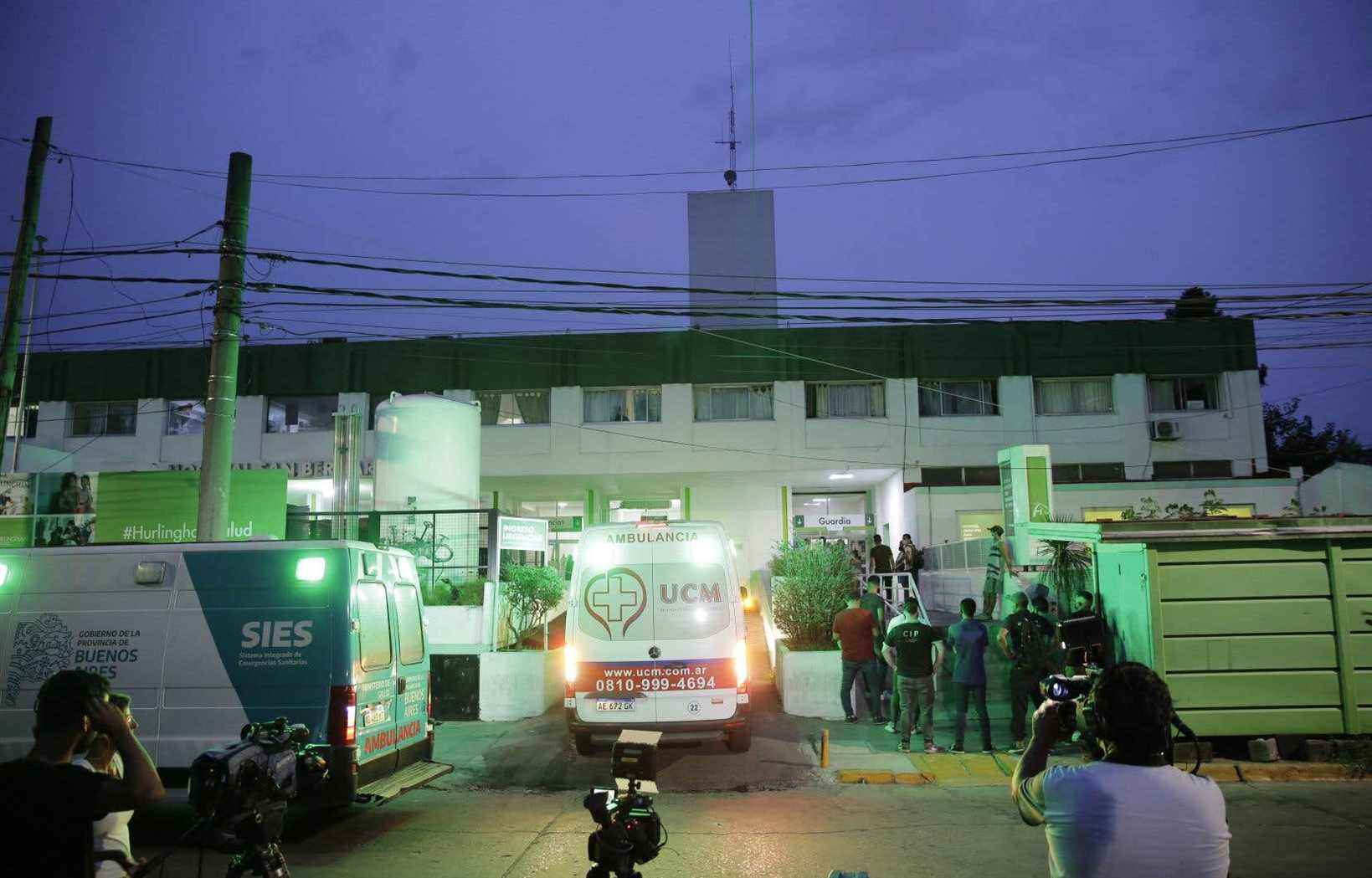Argentine authorities were racing against time on Thursday to remove from circulation all the adulterated cocaine that killed at least 20 people near Buenos Aires, and were continuing to investigate and analyze the source.
In 10 separate hospitals in the province of Buenos Aires, 20 people remained on respiratory assistance, after more than 80 hospitalizations since the night of Tuesday to Wednesday, linked to intoxication with cut cocaine, the provincial government said.
Other consultations – 214 in total for 36 hours – continued overnight and early Thursday, but “mostly for mild cases, just remained under observation”, and with symptoms “altered consciousness, vomiting, discomfort and headaches”.
The day before, medical and family reports had reported particularly violent and rapid symptoms: loss of consciousness, states of catatonic stupor, convulsions, and in some cases sudden cardiac arrest.
The analysis of the drug had not yet identified the substance with which it was cut on Thursday, but the provincial Ministry of Security suspected in its epidemiological alert on Wednesday “an array of opiate poisoning”. “Indirectly we are sure of it,” said provincial minister Sergio Berni.
“Stabilized” situation
The number of victims could increase, with the discovery of isolated consumers, who would not have had access to help or care, underline since the beginning of the official sources.
But “in principle, we have stabilized the situation,” provincial government chief of staff Carlos Bianco told the media. He spoke of a “great tragedy” avoided thanks to the recovery “of a large quantity of doses” for 24 hours.
The search for this cocaine continued, however, Thursday, as well as police operations. Three local traffickers were arrested at dawn on Thursday. Authorities confirmed 10 arrests on Wednesday. Eight people remained in custody Thursday, according to local media.
“There may be more of this substance” still circulating, warned National Security Minister Anibal Fernandez.
Mr. Berni ruled out that it could be a deliberate adulteration of cocaine in the context of “a war of narcos” between local traffickers, such as those of Loma Hermosa, the poor suburb 40 km north- west of Buenos Aires, where the killer drug originated.
On the spot, the police seized for two days several thousand prepared individual doses, some similar to the one that killed. The same premises, a precarious uninhabited house, had been the subject of a police raid a month and a half ago.
For Anibal Fernandez, the drug problem in greater Buenos Aires, a huge conurbation of 14 million inhabitants, “is as serious as it has always been, but with the aggravating factor of overproduction and overflowing supply » low-cost, low-quality substances.
In other words, affordable for a segment of the population on low incomes or in poverty, which affects 45% of the population of Greater Buenos Aires (40% nationally).
“250,000 doses per day”
“Of course we parents, families, we have to help them”, recognized on the TN channel, Blanca, mother of a 31-year-old man hospitalized. “But society also has to help. I wanted to intern him (in rehab). But the centers are expensive: 60,000, 70,000 pesos (about 720, 840 Canadian dollars), I can’t manage it myself”.
Sergio Berni estimated that in the province of Buenos Aires (18 million inhabitants) are sold “around 250,000 doses of cocaine per day”, “a low estimate” according to him.
Argentina has become, since the 1970s, a major destination for drug trafficking routes. In the mid-1980s, cocaine seizures reached half a ton a year. A decade later, that volume had quadrupled.
In 2017, a record 12.1 tons were seized according to official data, but the statistics have fallen for two years in connection with the restrictions due to the pandemic: 2.7 tons seized in 2020.
For addictologist Alberto Calabrese, president of the Toxicological Aid Fund, the underestimation of drug consumption is “very significant”. It is “very likely that it will increase further, against a backdrop of poverty and lack of perspective”, he predicts to AFP.
“But to pose the problem in terms of poverty exclusively, would be a mistake because it crosses society,” he adds.
